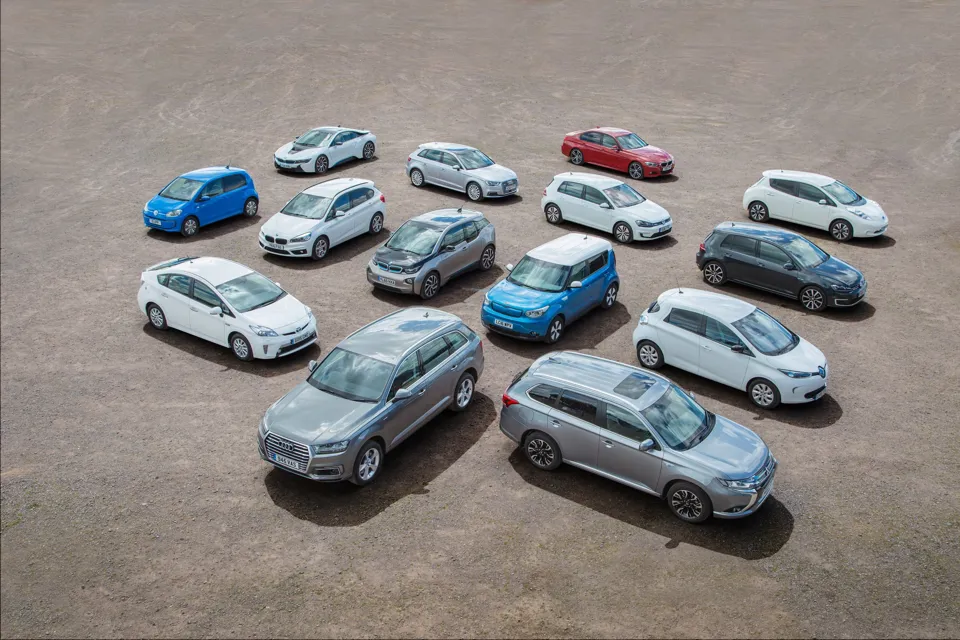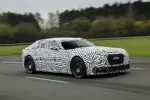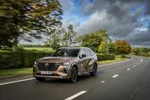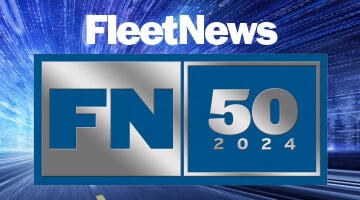A lack of knowledge about how to integrate plug-in hybrids (PHEVs) and electric vehicles into choice lists is hampering their adoption by some fleets, says Arval.
With choice lists typically based on factors such as estimated whole life costs, actual costs and CO2 output, these vehicles often do not fit directly into existing fleet structures, the company says.
David Watts, fleet consultant at Arval UK, said: “It may sound like quite a technical argument but a lot of fleets spend considerable periods of time working on their choice lists and deciding on which parameters they will use. These decisions have probably been rubber stamped by several internal departments such as human resources and finance.
“A vehicle that operates part of the time on electricity presents a basic problem when it comes to managing business mileage costs, particularly for those organisations that currently utilise fuel cards.
“We certainly know of organisations who haven’t yet adopted their first plug-in hybrids or EVs fundamentally because of the perceived problems associated with the choice list and business mileage issue.”
A further concern, said Watts, was an underlying lack of understanding about the different kinds of alternative drivetrains that had already, and were, becoming available.
“People responsible for choice lists are being asked to gain quite a lot of expertise quite quickly and, in many cases, they can’t differentiate between a traditional series hybrid and a plug-in hybrid vehicle, even though they have different operational and economic characteristics,” he said. “This presents a further barrier to adoption, even in fleets where there is a lot of curiosity and desire to add more ecologically responsible vehicles to choice lists.”
Watts explained that there were tried and tested techniques that could be used to integrate plug-in hybrids and EVs into existing choice lists fairly easily.
“Our consultancy team has been doing work in this area for several years and we have become very proficient at adding new drivetrain technologies to fleets while preserving the underlying principles of choice lists,” he said.
“Certainly, in our opinion, while there are stumbling blocks in this area, they should not stop you adding PHEVs and EVs to the options you present to drivers. They are legitimate, arguably even essential, parts of the fleet mix in 2016.”














bob the engineer - 26/10/2016 16:40
Not so difficult. Forget fuel cards and just pay hybrid drivers the advisory fuel rates per business mile. That typically means the driver needs to do about 39/40 mpg to break even. This is quite possible even with big hybrids and over long distances. It also incentives drivers to recharge with electricity as electric miles are cheaper than petrol miles, the driver is better off running on electric as much as possible. Fuel cards are useless for hybrids as the company is paying the fuel no matter how much it costs so the driver have no incentive to charge up at all, drive with any attempt at economy or even avoid buying overpriced motorway fuel by managing their refuelling.